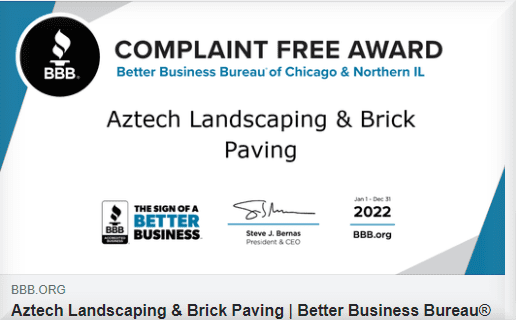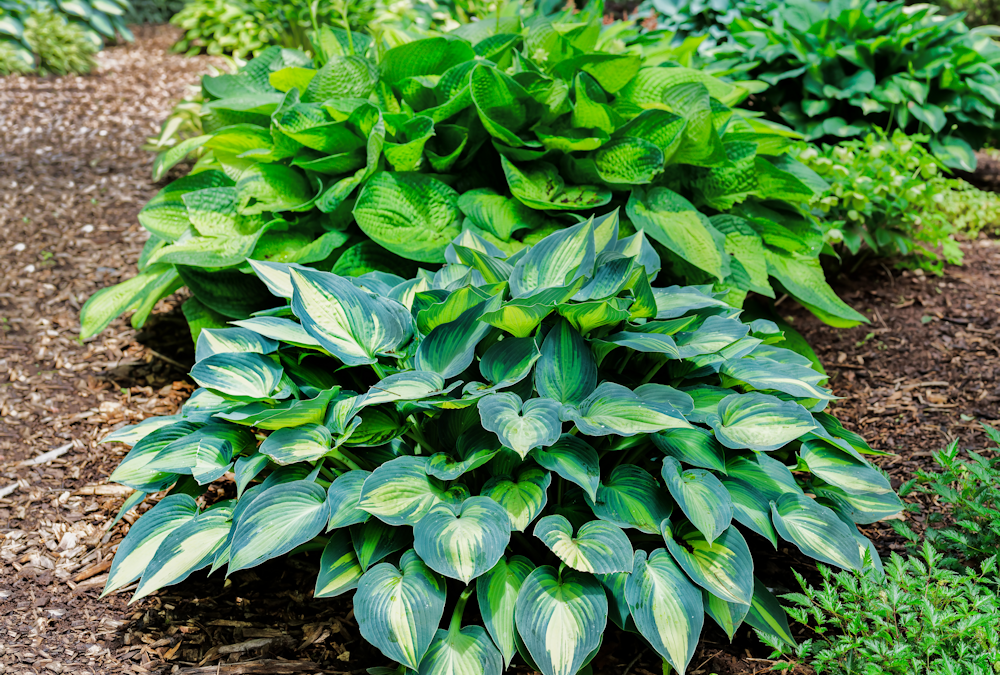Ornamental grasses add color, texture, and movement to your landscape all year long, and they do that with little effort from you. Once established, water them during a drought, maybe cut them back in the spring. The following are some of the most popular grasses (provided by Midwest Living) used for adding color to an autumn landscape and often throughout the winter.
Because of their color, texture and movement, ornamental grasses are wonderful additions to our landscapes. Even better, you get all this beauty for little work–once established, just water during drought and cut them back in early spring. And they withstand pests (even deer avoid them). There are many varieties available, so find one to suit your garden style and growing by discussing with our landscape designer for your next project.
Feather Reedgrass
One of the most popular ornamental grasses. Plants have dark green leaves and narrow, tan plumes in early summer. This variety tends to grow straight and upright, giving an architectural element to landscapes even in winter. They have tiny flowers in early summer; seed heads mature to golden tan by midsummer and remain attractive into fall.
Fountaingrass
A mounding plant with a lovely shape, its name refers to its graceful spray of foliage and late-summer plumes of fuzzy flowers. The white, pink or red plumes (according to variety) continue into fall and bring an informal look to gardens. Some Pennisetum self seed freely, which means they can become invasive. Although some species will reach 5 feet in height, the dwarf types like ‘Hameln’ generally stay below 3 feet. ‘Purpureum’ is grown as an annual in cool climates but has lovely purple leaves and crimson flowers.
Blue fescue
One of the smallest of the ornamental grasses (under 1 foot tall), which makes them perfect for many different uses in the garden. Plant them at the base of leggy shrubs, in masses as a groundcover, in rows as edging, as accents or in containers. Evergreen in all buts its northernmost range, the bluish foliage looks best in early summer. Seed heads turn tan when mature; cut them off to keep plants looking neat. ‘Elijah Blue’ has powder-blue leaves.
Blue Oat Grass
Refined and elegant, this grass has beautiful blue-gray, fine-textured leaf blades that grow in a mound. It is stunning throughout most of the season and combines well with most perennials. In fall, brownish spikelets reach for the sky.
Maiden Grass
Miscanthus cultivars are go-to choices in the ornamental grass market because of their sky-high, easy growth. Narrow, arching foliage makes a perfect backdrop to showcase other perennials. Silvery plumes look enchanting when the sun shines through them. This perennial’s dramatic plumes of spikelets rise above the foliage and last well into winter. Leaves range from green-and-white striped, yellow striped, dark green and greenish white depending on cultivar. Plumes emerge at different times.
Ravennagrass
Often called hardy pampas grass, this massive, fast-growing perennial commands attention when in flower in late summer because of its great height. It is a wonderful grass to add drama in the landscape or to hide an unsightly view. Just be sure to plant it where it can take center stage–not much else will stand up to this tower of beauty.
Hairgrass
Evergreen depending on climate, tufted hairgrass gets its name from the hairlike flowers that rise above the leaves. Its needlelike leaves form mounds, then this perennial sends out airy plumes in shades of golden, silver, purple and green.
Purple Moorgrass
Chose a variety based on your garden size, then plant in masses for impact. It has delightful mounding foliage that turns brilliant gold in fall. The tall, delicate panicles are beautiful. Dense tufts of arching leaves are handsome spring through summer and offer good fall color.
Japanese Forestgrass
This low-growing, mounding plant has bright yellow, green-striped leaves, making them perfect for brightening shady spots in gardens. From late summer to mid-autumn, it bears needlelike, pale green spikelets.
Cordgrass
A spreading prairie grass that thrives in moist or wet soils, it’s a good choice to plant along a pond or stream. Pale green spikelets top the arching green leaves by autumn.
All of the information herein is provided by Midwest Living for your convenience and not a recommendation of usage.




















